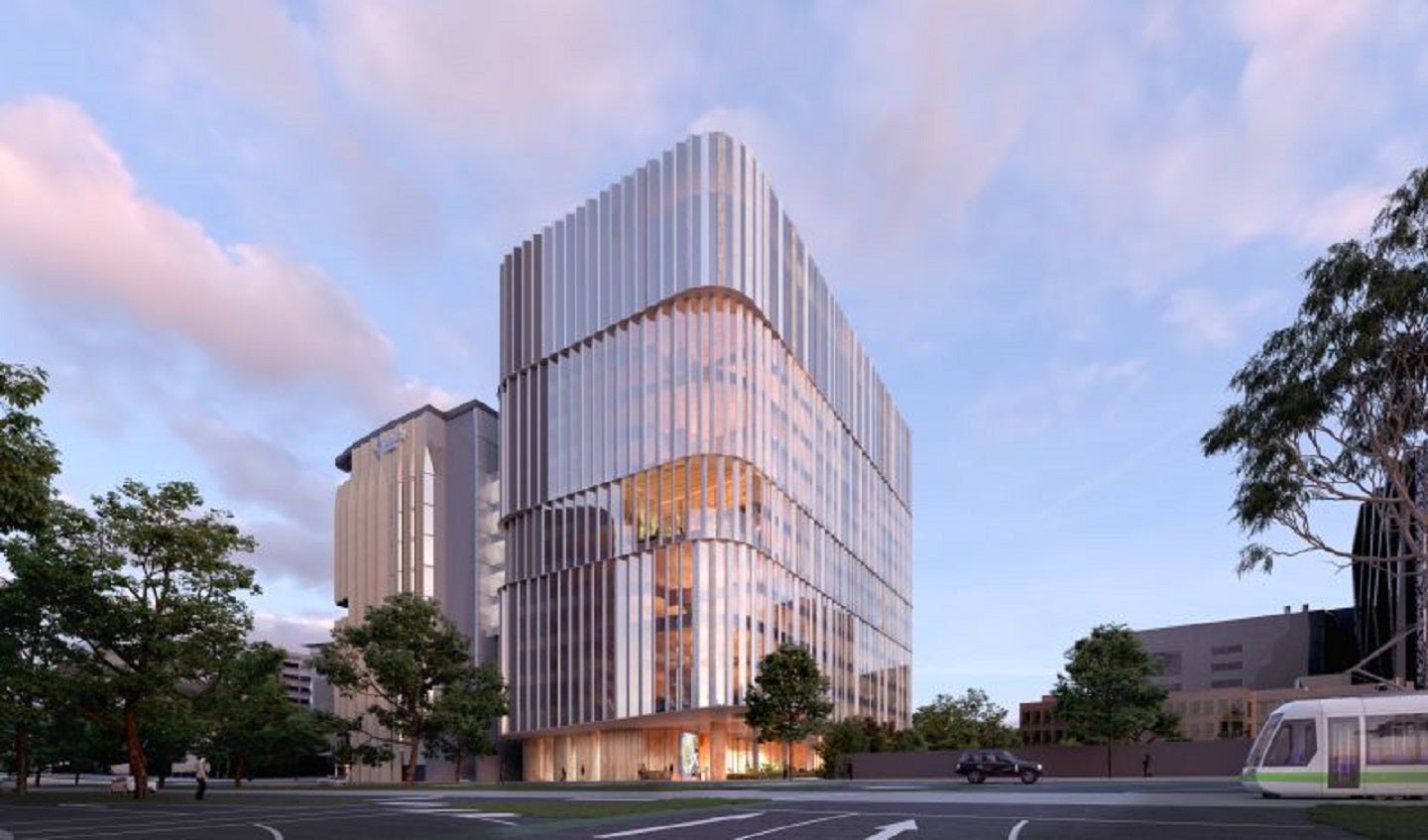
The University of Melbourne and Australia’s Victoria state government have unveiled the building design and location for the new A$650m Australian Institute for Infectious Disease (AIID).
The AIID will provide quick responses to existing and future infectious diseases and pandemics for Australians.
It will be located at 766–780 Elizabeth Street and 213–223 Berkely Street in the Melbourne biomedical precinct.
The new AIID building will include a human infection challenge unit, high-containment facilities, a robotic biobanking facility, interview rooms, dry laboratories and spaces for community engagement and co-design work.
It will be connected across multiple levels to the University of Melbourne’s Doherty Institute.
The proposed institute will focus on vaccine research, public health research, therapeutics, genomics, diagnostics, clinical trials and data.
How well do you really know your competitors?
Access the most comprehensive Company Profiles on the market, powered by GlobalData. Save hours of research. Gain competitive edge.

Thank you!
Your download email will arrive shortly
Not ready to buy yet? Download a free sample
We are confident about the unique quality of our Company Profiles. However, we want you to make the most beneficial decision for your business, so we offer a free sample that you can download by submitting the below form
By GlobalDataDesigned by Australian architectural company Wardle, the new institute will be a collaboration between the Doherty Institute and the Burnet Institute. The latter will relocate its headquarters to the new building.
The project is supported by A$400m in funding from the Victorian government and A$250m from three founding partners, namely the Burnet Institute, the Peter Doherty Institute for Infection and Immunity, and the University of Melbourne.
University of Melbourne vice-chancellor Duncan Maskell stated: “We are thrilled to reveal the plans for the new AIID building.
“It will be an iconic addition to the world-leading Melbourne biomedical precinct and will equip us with the facilities and resources we need to get ahead of the next pandemic.”
Demolition of the existing buildings on the site will commence next year, and construction work on the new building will begin in 2025.



